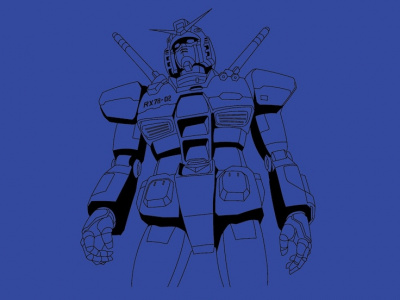
According to the newly released ICv2 White Paper on the “State of the Comics Industry,” manga sales in the
Interestingly in 2009 the drop-off in manga sales was more pronounced in the bookstore channel than it was in the direct market, with the weakest titles taking the biggest hits. The number of volumes of manga released, which hit an all-time high of 1513 in 2007 fell to 1115 in 2009 and is projected (according to ICv2’s survey of manga publishers see “Fewer Manga in 2010”) to plummet to 968 in 2010, thus mirroring the more than 33% decline in manga sales since 2007. While most of the major manga publishers have simply cut back on the number of their releases, the pressure of declining sales has forced a number of mid-level publishers, including
The young teen shojo fans who fueled the manga boom in bookstores have aged and in spite of attempts to interest them in reading more “adult” josei manga, as they grow older these predominantly female readers appear to be abandoning manga for other things. Meanwhile, Twilight has absorbed much of the attention of the teen audience that was buying shojo.
The TV exposure that drove major shonen hits such as Naruto, Bleach and Death Note is down considerably, which has kept hot new titles such Rosario + Vampire from achieving the kind of success that previous Shonen Jump hits have enjoyed.
The pipeline has also been weak, with no major new hits from Japan in the last few years. In fact, sales are down in Japan as well, with a decline of 6.6% reported for 2009, according to the Research Institute for Publications, via Anime News Network. .
While comic retailers tell ICv2 that they believe scanlations (translations of scanned manga, which appear on the Web within days of their publication in Japan) are hurting their sales, the evidence is not conclusive. Scanlations were around through the growth of the manga market as well as its decline, and some feel that they actually increase the market for manga collections by creating greater exposure for new properties. While it may be true that more manga buyers are telling retailers that they're reading online rather than buying, that may be due to economic conditions (they're buying fewer titles over-all), or to the lack of a major hit that stimulates buying.
Despite the recent declines, manga remains a key component of the overall graphic market in North America. In European markets where manga boomed before it hit it big here in the States, there was a post-boom drop-off, but sales then stabilized at a substantial level. In spite of a 19% drop in the number of releases and a 20% decline in sales, manga titles still represented 35% of all the graphic novels released in the







